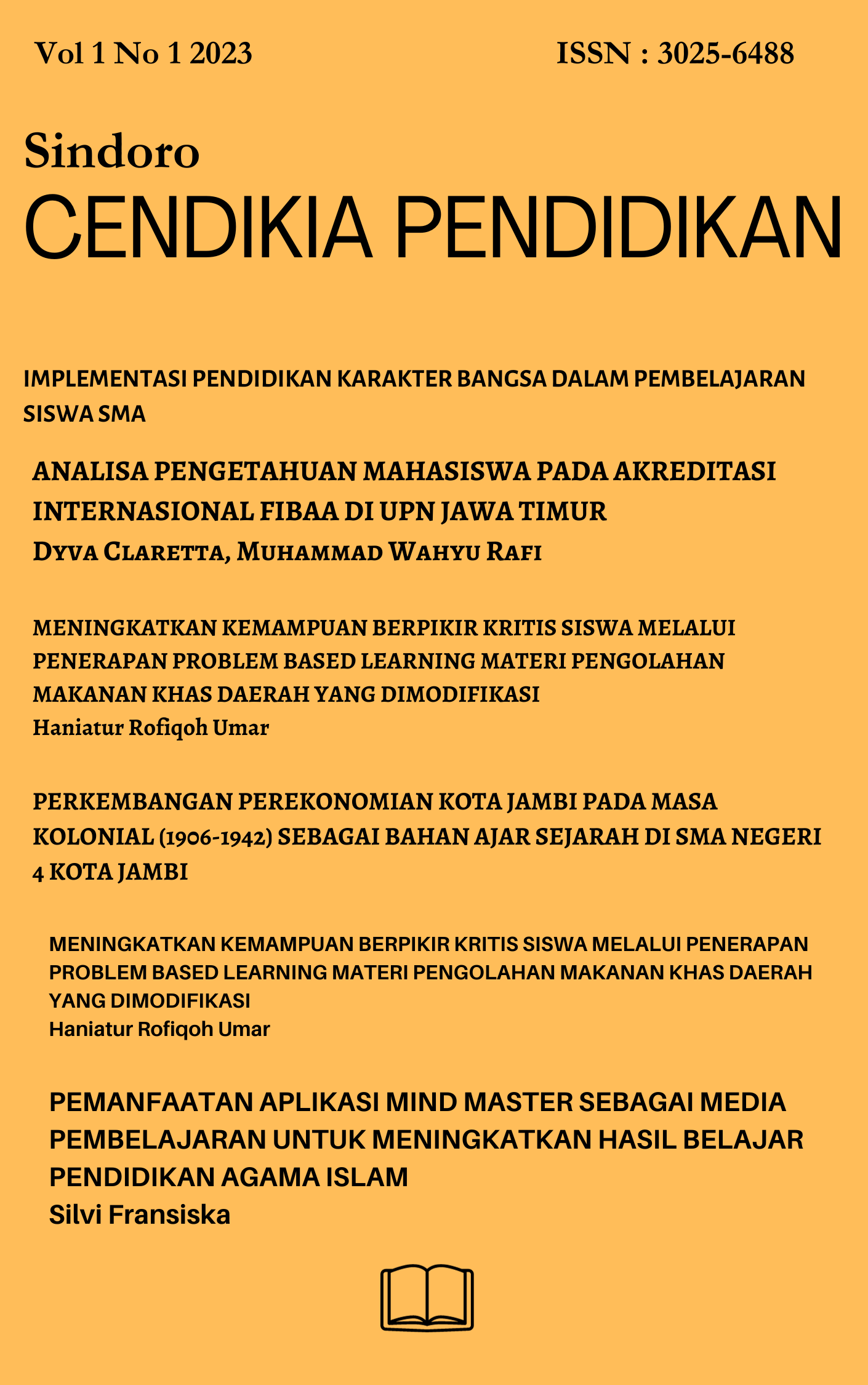THE ROLE OF SOCIAL INTERACTION IN SHAPING LANGUAGE SKILLS DURING EARLY CHILDHOOD
Main Article Content
Abstract
This study explores the role of social interaction in the development of language skills during early childhood, a critical period for cognitive and linguistic growth. Language acquisition is not merely a cognitive process but also a social one, deeply influenced by interactions with caregivers, peers, and the surrounding environment. This research investigates how varying types and frequencies of social interactions, such as verbal exchanges, storytelling, and collaborative play, contribute to the emergence of vocabulary, syntax, and pragmatic communication. A mixed-methods approach is employed, combining observational studies and parental interviews to understand the dynamics of interaction and language development. Preliminary findings suggest that enriched social environments, characterized by responsive and meaningful interactions, significantly enhance children's linguistic abilities. This research underscores the importance of fostering supportive social contexts to optimize language learning during early childhood.
Article Details

This work is licensed under a Creative Commons Attribution-NonCommercial 4.0 International License.
This work is licensed under a Creative Commons Attribution-ShareAlike 4.0 International License.
Authors who publish with this journal agree to the following terms:
- Authors retain copyright and grant the journal right of first publication with the work simultaneously licensed under a Creative Commons Attribution License that allows others to share the work with an acknowledgement of the work's authorship and initial publication in this journal.
- Authors are able to enter into separate, additional contractual arrangements for the non-exclusive distribution of the journal's published version of the work (e.g., post it to an institutional repository or publish it in a book), with an acknowledgement of its initial publication in this journal.
- Authors are permitted and encouraged to post their work online (e.g., in institutional repositories or on their website) prior to and during the submission process, as it can lead to productive exchanges, as well as earlier and greater citation of published work
References
Vygotsky, L. S. (1978). Mind in Society: The Development of Higher Psychological Processes. Cambridge, MA: Harvard University Press. https://books.google.co.id/books/about/Mind_in_Society.html?hl=id&id=RxjjUefze_oC&redir_esc=y
Hart, B., & Risley, T. R. (1995). Meaningful Differences in the Everyday Experience of Young American Children. Baltimore: Paul H. Brookes Publishing. https://www.leadersproject.org/2013/03/17/meaningful-differences-in-the-everyday-experience-of-young-american-children/
Snow, C. E., & Ferguson, C. A. (1977). Talking to Children: Language Input and Acquisition. Cambridge: Cambridge University Press. https://www.cambridge.org/core/journals/journal-of-child-language/article/abs/snow-c-e-ferguson-c-a-eds-talking-to-children-language-input-and-acquisition-cambridge-cambridge-university-press-1977-pp-x-369/73B757D20EFE0708A2E6D1FF2FBDFF0A
Tomasello, M. (2003). Constructing a Language: A Usage-Based Theory of Language Acquisition. Cambridge, MA: Harvard University Press. https://www.hms.harvard.edu/cldp/pub/pdfs/Tomasellobookreview.pdf
Rogoff, B. (2003). The Cultural Nature of Human Development. Oxford: Oxford University Press. https://edisciplinas.usp.br/pluginfile.php/5062545/mod_resource/content/1/Rogoff-The%20Cultural%20Nature%20of%20Human%20Development-Oxford%20University%20Press%2C%20USA%20(2003).pdf
Brownell, C. A., & Brown, E. (1990). “Peer Interaction in Infancy and Early Childhood.” Annual Review of Psychology, 41(1), 100–131 https://core.ac.uk/download/224970130.pdf
Tamis-LeMonda, C. S., & Bornstein, M. H. (2002). “Language Development: Social and Communicative Foundations.” Encyclopedia of Infant and Early Childhood Development, 3(1), 314-323 https://policywise.com/wp-content/uploads/resources/2016/07/LanguageDevelopmentandLiteracyFullReportpdf.pdf
Dickinson, D. K., & Tabors, P. O. (2001). Beginning Literacy with Language: Young Children Learning at Home and School. Baltimore: Paul H. Brookes Publishing https://psycnet.apa.org/record/2001-06306-000
Hoff, E. (2006). “How Social Contexts Support and Shape Language Development.” Developmental Review, 26(1), 55-88. https://psycnet.apa.org/record/2006-03442-004
Piaget, J. (1959). The Language and Thought of the Child. London: Routledge. https://ia802900.us.archive.org/24/items/in.ernet.dli.2015.188629/2015.188629.The-Language-And-Thought-Of-The-Child.pdf

